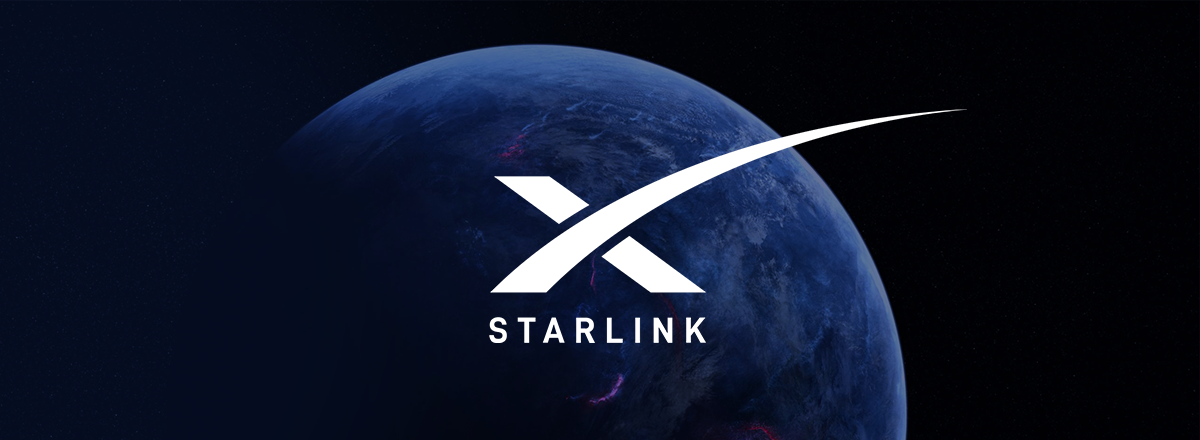Over the past three months, SpaceX has completed eight successful launches of Starlink satellites, delivering 480 satellites into low-earth orbit. SpaceX President and COO Gwynne Shotwell announced that to provide continuous global service, SpaceX needs five more launches.
As a result of these launches, about 1,320 satellites will be launched into orbit, which is sufficient for global Internet coverage.
"We hope after about 28 launches we'll have continuous coverage throughout the globe," she added.
On April 7, SpaceX launched another batch of Starlink satellites atop the Falcon 9 rocket, which lifted off from Space Launch Complex 40 at Cape Canaveral Space Force Station. Nine minutes after liftoff, the rocket's first stage landed on the "Of Course I Still Love You" drone ship in the Atlantic Ocean.
Falcon 9’s first stage has landed on the Of Course I Still Love You droneship pic.twitter.com/9a7LUPYZue
— SpaceX (@SpaceX) April 7, 2021
It was SpaceX's 10th Falcon 9 launch of the year, eight of which were dedicated to Starlink satellites.
Deployment of 60 Starlink satellites confirmed, completing SpaceX’s 10th mission this year pic.twitter.com/c15BveB3QE
— SpaceX (@SpaceX) April 7, 2021
It's only the first stage of the deployment of the global satellite system. There will be Internet connection, but the company still intends to improve its quality by adding new orbiting satellites to its fleet.
Currently, Starlink Internet remains in a beta test in the United States and several other countries.















